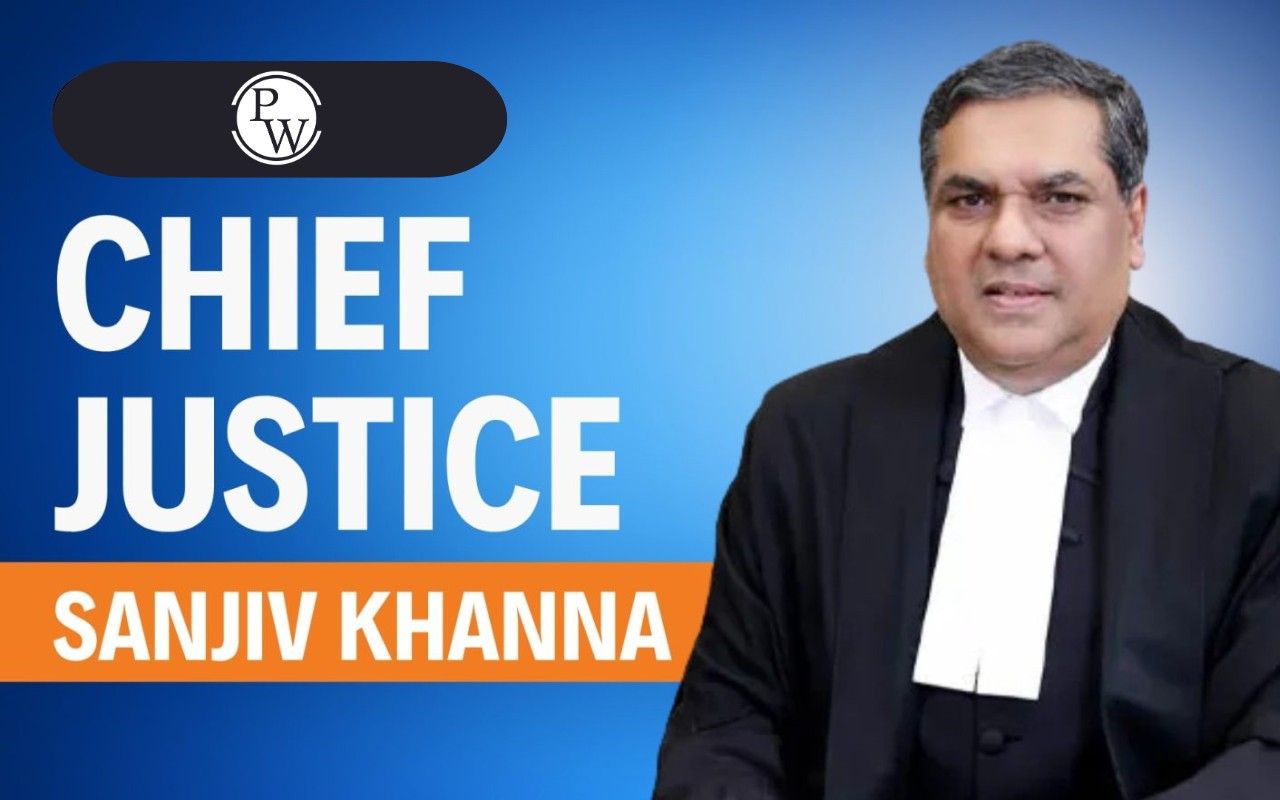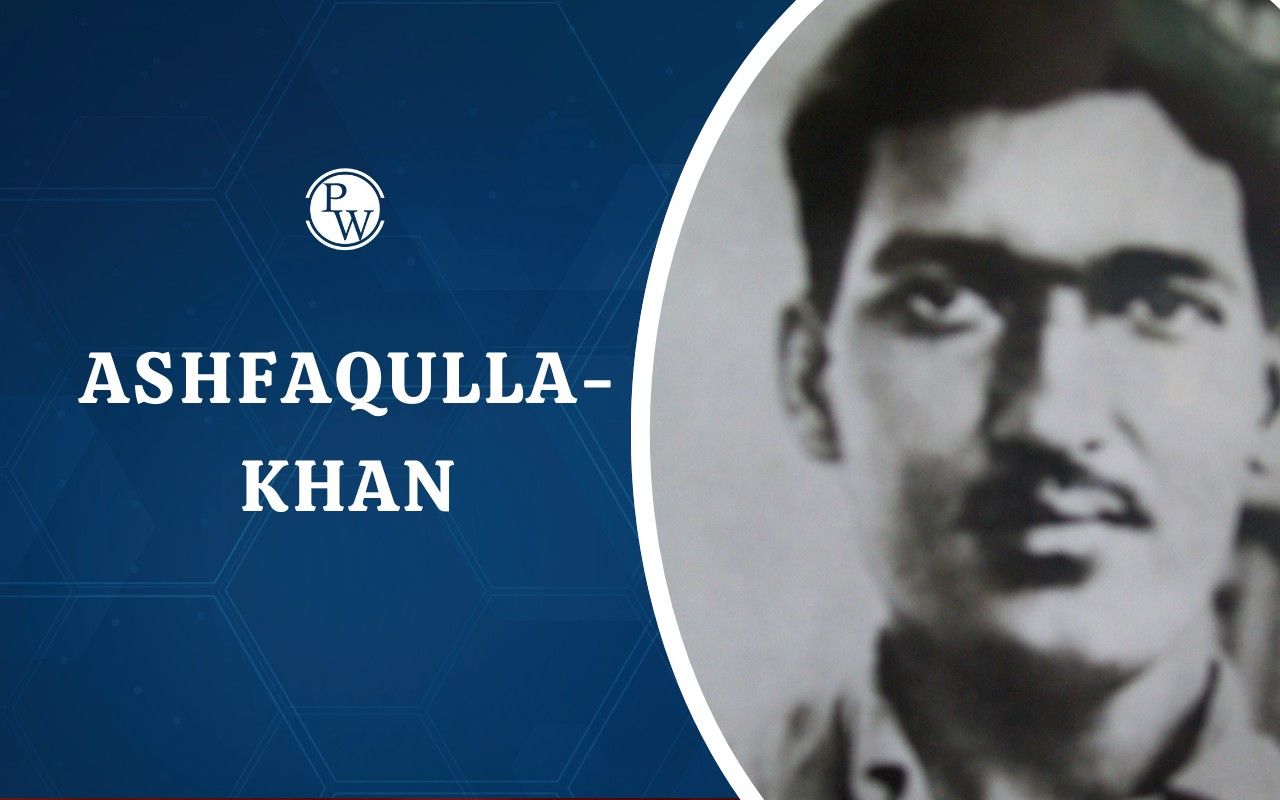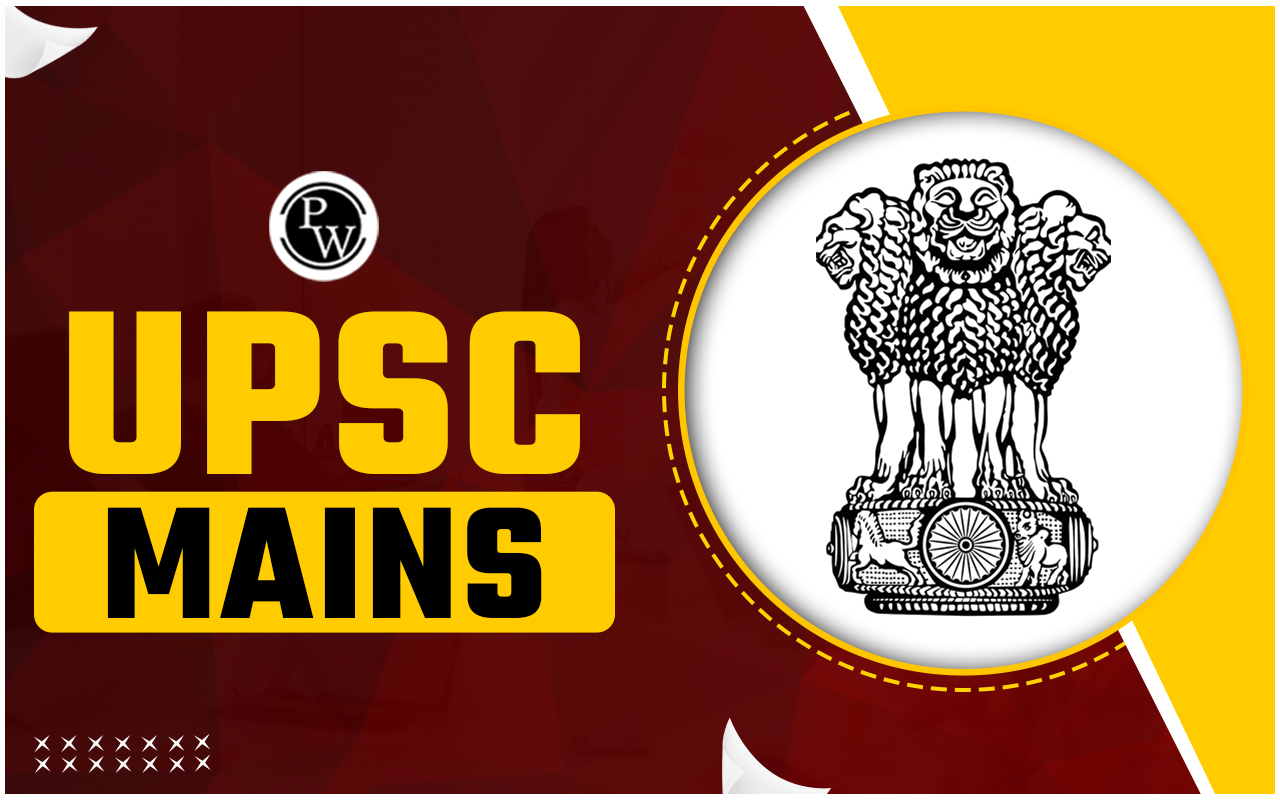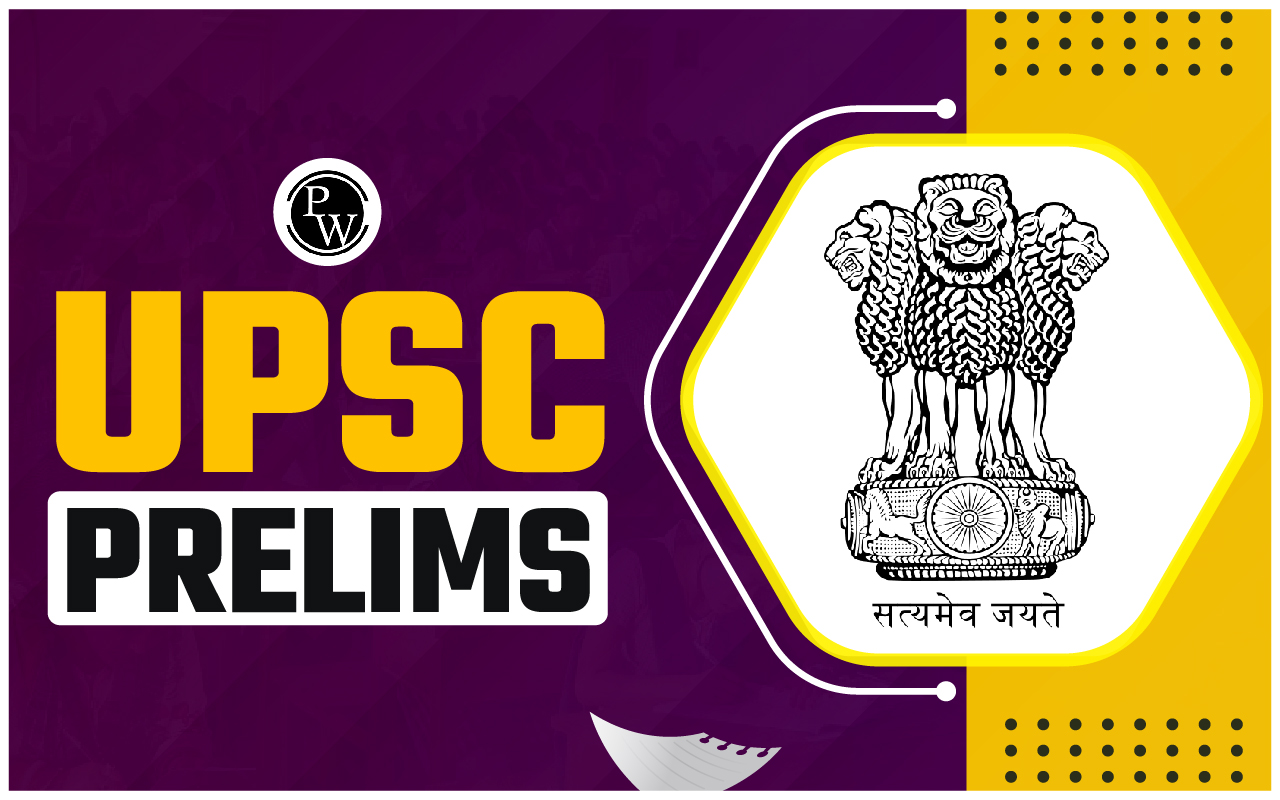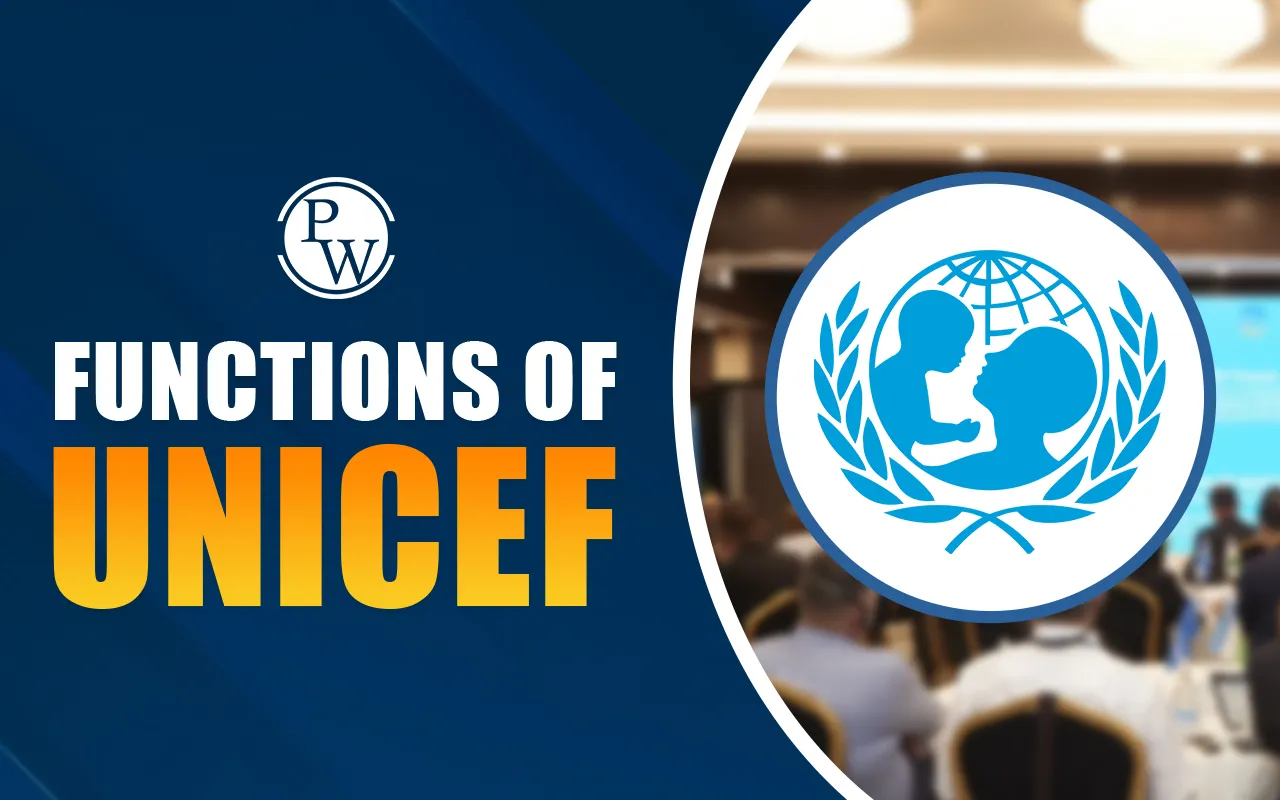
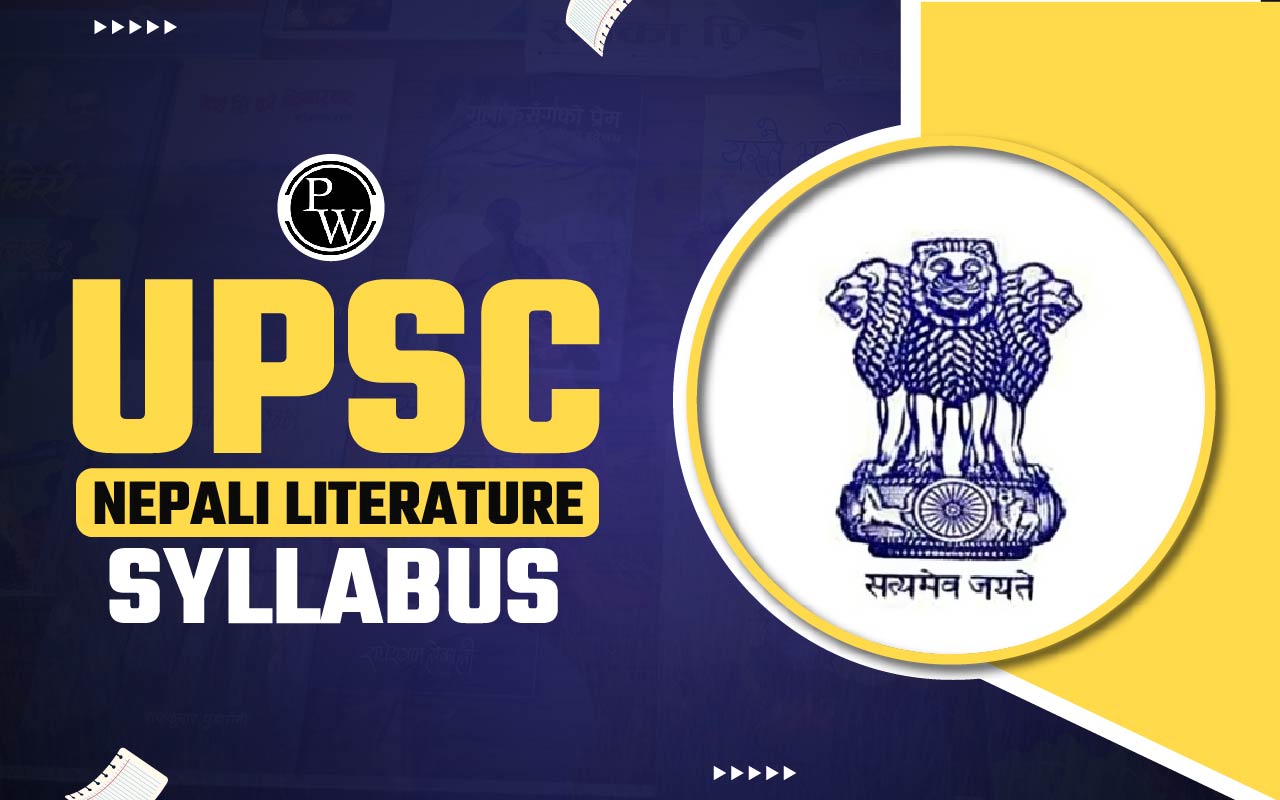
UPSC Nepali Literature Syllabus 2025 : For candidates with a profound interest in the rich literary and cultural heritage of Nepal, the UPSC offers Nepali Literature as an optional subject in the IAS Mains exam. Among the 48 optional subjects provided, Nepali Literature stands out as one of the 23 literature languages available for the aspirants. This optional subject opens doors to a deep understanding of the literary traditions, linguistic nuances, and the vibrant literary canvas of the Nepali language. UPSC Nepali Literature comprises two papers, Paper I and Paper II, each carrying 250 marks, making a total of 500 marks out of 1750 marks in the IAS Mains 2025.
Opting for Nepali Literature as your optional subject for the UPSC Civil Services Mains Examination 2025 is an enriching choice for those keen on delving into Nepal's culture, history, and literature. This guide aims to introduce you to the UPSC Nepali Literature Syllabus 2025 for Paper I and Paper II, including preparation strategies, previous year's question patterns, and recommended books.UPSC Nepali Literature Syllabus 2025
Nepali, an Indo-Aryan language, is predominantly spoken in Nepal and in parts of India. The language has a classical literature history enriched by poetry, novels, short stories, dramas, and essays that reflect the region's historical events, philosophical thoughts, social reforms, and cultural ethos. The UPSC Syllabus 2025 for the UPSC Nepali Literature optional in the IAS Mains Exam 2025 is comprehensive, covering a broad range of topics from ancient to contemporary Nepali literature. It is divided into two papers - Paper I and Paper II, each carrying 250 marks, designed to test the candidate's comprehension, analytical capabilities, and appreciation of Nepali literary works.UPSC Nepali Literature Syllabus 2025 for Paper I & I I
Nepali literature boasts a diverse heritage, ranging from early compositions influenced by Sanskrit literature to modern literary expressions that address contemporary societal issues. The literature captures the philosophical, cultural, and social changes in Nepal over the centuries. From medieval court poetry to the contributions of 20th-century figures like Laxmi Prasad Devkota and Parijat, Nepali literature has continually evolved, mirroring and influencing the socio-cultural dynamics of Nepal.UPSC Nepali Literature Syllabus 2025 for Paper I
Paper I focuses on the history of Nepali literature, literary criticism, the evolution of prose, poetry, and drama in Nepali, and a comprehensive study of the linguistic features of Nepali.| Section A: History of the Nepali Language |
| 1. History of the origin and development of Nepali as one of the new Indo-Aryan Languages. 2. Fundamentals of Nepali Grammar and phonology : (i) Nominal forms and categories :— Gender, Number, Case, Adjectives, Pronouns, Avyayas (ii) Verbal forms and categories :— Tense, Aspects, Voice, Roots and Fixes (iii) Nepali Swara and Vyanjana; 3. Major Dialects of Nepali 4. Standardisation and Modernisation of Nepali with special reference to language movements (viz. Halanta Bahiskar, Jharrovad etc.) 5. Teaching of Nepali language in India—Its history and development with special reference to its sociocultural aspects. |
| Section B |
| 1. History of Nepali literature with special reference to its development in India. 2. Fundamental concepts and theories of Literature : Kavya/Sahitya, Kavya Prayojan, Literary genres, Shabda Shakti, Rasa, Alankara, Tragedy, Comedy, Aesthetics, Stylistics. 3. Major literary trends and movements— Swachchhandatavad, Yatharthavad, Astitwavad, Ayamik Movement Contemporary Nepali writings, Postmodernism. 4. Nepali folklores (the following folk form only)—Sawai, Jhyaurey, Selo, Sangini, Lahari. |
UPSC Nepali Literature Syllabus 2025 for Paper II
Paper II requires an analytical and interpretative understanding of prescribed literary texts from various genres. Here we have provided the complete UPSC Nepali Literature Syllabus 2025 for Paper II 2025:| Section A | |
| Santa Jnandil Das | Udaya Lahari |
| Lekhnath Poudyal | Tarun Tapasi(Vishrams III, V, VI, XII, XV, XVIII only) |
| Agam Sing Giri | Jaleko Pratibimba Royeko Pratidhwani (The following Poems onlyPrasawako Chichyahatsanga Byunjheko Ek Raat, Chhorolai, Jaleko Pratibimba: Royeko Pratidhwani, Hamro Akashmani Pani Hunchha Ujyalo, Tihar). |
| Haribhakta Katuwal | Yo Zinadagi Khai Ke Zindagi : (The following poems only-Jeevan : Ek Dristi, Yo Zindagi Khai Ke Zindagi, Akashka Tara Ke Tara, Hamilai Nirdho Nasamjha, Khai Manyata Yahan Atmahutiko Balidan Ko). |
| Balkrishna Sama | Prahlad. |
| Manbahadur Mukhia | Andhyaroma Banchneharu (The following One-Act only-Andhyaroma Banchneharu' ‘Suskera’) |
| Section B | |
| Indra Sundas | Sahara. |
| Lilbahadur Chhetri | Brahmaputra ko Chheuchhau |
| Rupnarayan Sinha | Katha Navaratna (The following stories only—Biteka Kura, Jimmewari Kasko, Dhanamatiko Cinema—Swapna, Vidhwasta Jeevan). |
| Indrabahadur Rai | Vipana Katipaya (The following stories only—Raatbhari Huri Chalyo, Jayamaya Aphumatra Lekhapani Aipugi, Bhagi, Ghosh Babu, Chhutuaiyo). |
| Sanu Lama | Katha Sampaad (The following stories only—Swasni Manchhey, Khani Tarma Ekdin, Phurbale Gaun Chhadyo, Asinapo Manchhey). |
| Laxmi Prasad | Laxmi Nibandha DevkotaSangraha (The following essays only—Sri Ganeshaya Namha, Nepali Sahityako Itihasma Sarvashrestha Purus, Kalpana, Kala Ra Jeevan, Gadha Buddhiman ki Guru?) |
| Ramkrishna Sharma | Das Gorkha (The following essays only—Kavi, Samaj Ra Sahitya,Sahityama Sapekshata, Sahityik Ruchiko Praudhata, Nepali Sahityako Pragati). |
UPSC Nepali Literature Preparation Tips 2025
Preparing for the UPSC Nepali Literature optional demands a focused and strategic approach. Here we have provided some essential tips and strategies to streamline your study process.Recommended UPSC Nepali Literature Books 2025
Books for the UPSC Nepali Literature Optional 2025 encompass a broad range of topics across both Paper I and II. Here we have listed some top books. You can make a deep analysis and comprehension of these texts is crucial for performing well in the exam.- Comprehensive histories of Nepali literature
- Himalayan Voices: An Introduction to Modern Nepali Literature
- Nepal (Footprint Handbook) by Robert Ferguson
- Works by Laxmi Prasad Devkota, Parijat, and other significant authors
- Literary criticism and theory texts in Nepali
- Gems of Nepali Literature by LB Thapa
- Nepali: A National Language and Its Literature by Michael Hutt
- Modern Literary Nepali: An Introductory Reader (SOAS Studies on South Asia)
UPSC Nepali Literature Syllabus FAQs
What is the medium of UPSC Nepali Literature Optional?
The medium of UPSC Nepali literature optional subject is the Nepali language.
Is fluency in Nepali required to choose this optional subject?
Yes, a strong grasp of Nepali is essential for understanding and analyzing the literary works covered in the syllabus.
Where can I find study materials for Nepali Literature?
Study materials can be obtained from online resources, university libraries, and bookstores specializing in Nepali literature.
Are there any specific authors I should focus on?
While the syllabus covers a wide range of authors, focusing on prominent writers like Laxmi Prasad Devkota and Parijat can be particularly beneficial.
How much time should I allocate for preparing this optional?
Preparation time varies by individual, but a dedicated study plan spanning several months to a year, with regular revisions, is advisable.
🔥 Trending Blogs
Talk to a counsellorHave doubts? Our support team will be happy to assist you!

Check out these Related Articles
Free Learning Resources
PW Books
Notes (Class 10-12)
PW Study Materials
Notes (Class 6-9)
Ncert Solutions
Govt Exams
Class 6th to 12th Online Courses
Govt Job Exams Courses
UPSC Coaching
Defence Exam Coaching
Gate Exam Coaching
Other Exams
Know about Physics Wallah
Physics Wallah is an Indian edtech platform that provides accessible & comprehensive learning experiences to students from Class 6th to postgraduate level. We also provide extensive NCERT solutions, sample paper, NEET, JEE Mains, BITSAT previous year papers & more such resources to students. Physics Wallah also caters to over 3.5 million registered students and over 78 lakh+ Youtube subscribers with 4.8 rating on its app.
We Stand Out because
We provide students with intensive courses with India’s qualified & experienced faculties & mentors. PW strives to make the learning experience comprehensive and accessible for students of all sections of society. We believe in empowering every single student who couldn't dream of a good career in engineering and medical field earlier.
Our Key Focus Areas
Physics Wallah's main focus is to make the learning experience as economical as possible for all students. With our affordable courses like Lakshya, Udaan and Arjuna and many others, we have been able to provide a platform for lakhs of aspirants. From providing Chemistry, Maths, Physics formula to giving e-books of eminent authors like RD Sharma, RS Aggarwal and Lakhmir Singh, PW focuses on every single student's need for preparation.
What Makes Us Different
Physics Wallah strives to develop a comprehensive pedagogical structure for students, where they get a state-of-the-art learning experience with study material and resources. Apart from catering students preparing for JEE Mains and NEET, PW also provides study material for each state board like Uttar Pradesh, Bihar, and others
Copyright © 2025 Physicswallah Limited All rights reserved.
Get App

